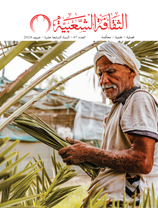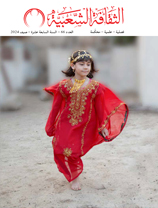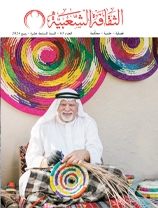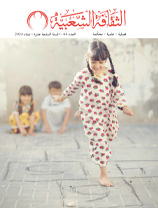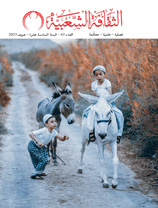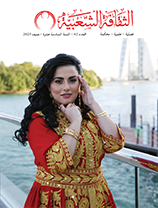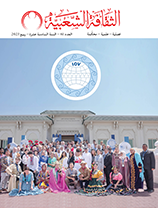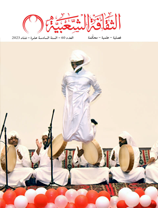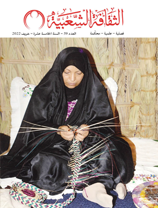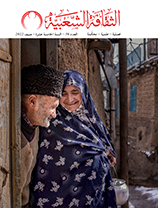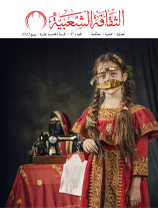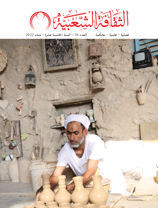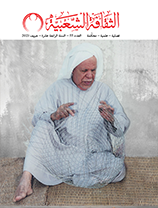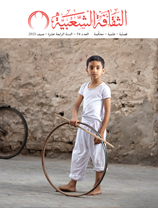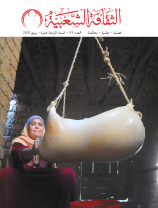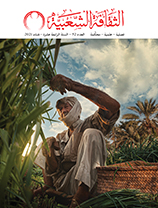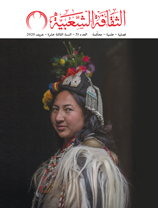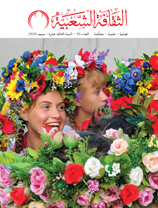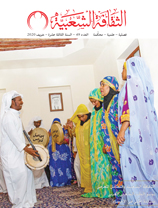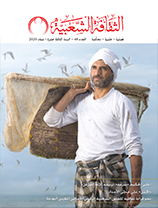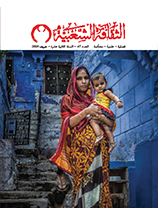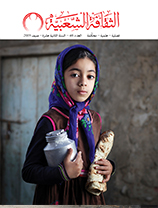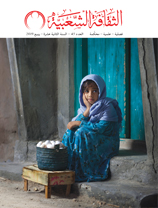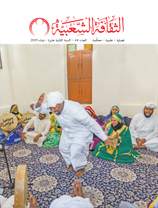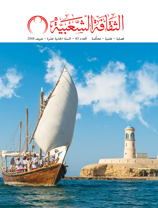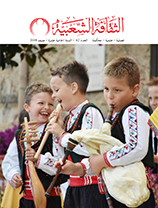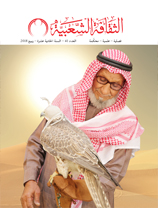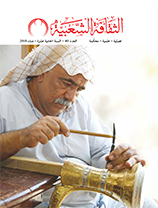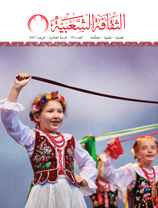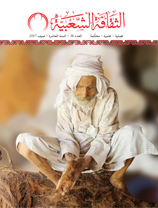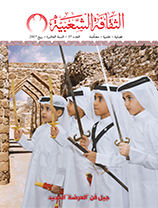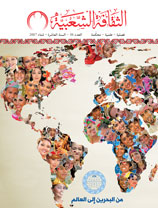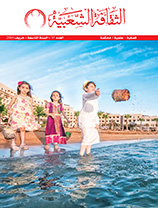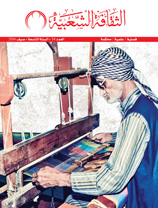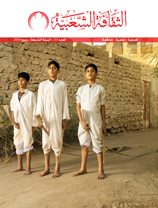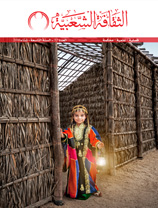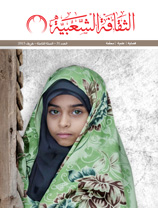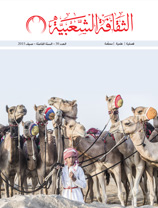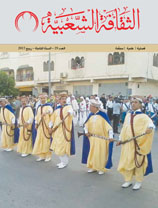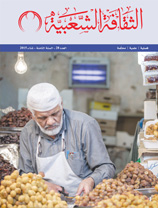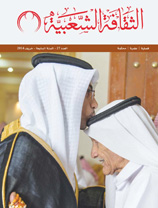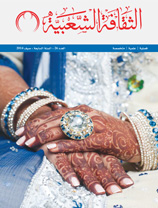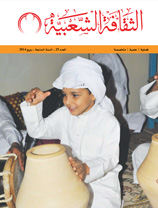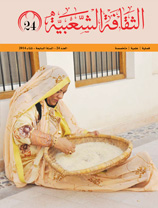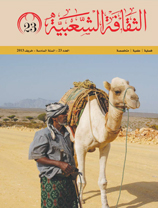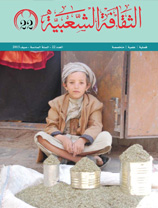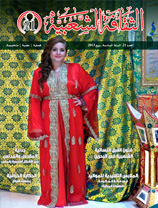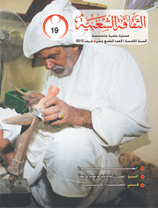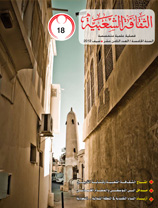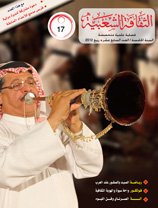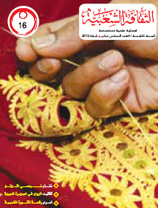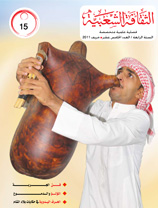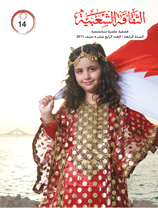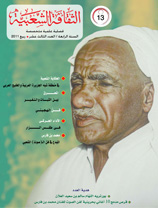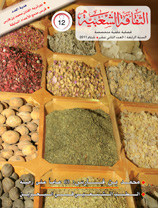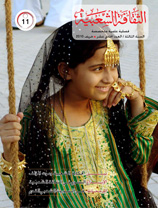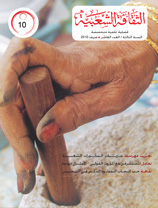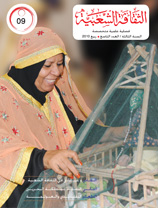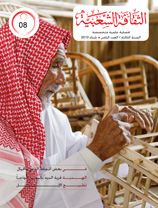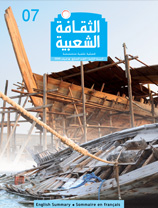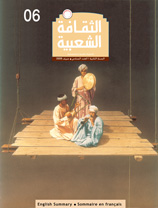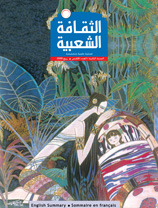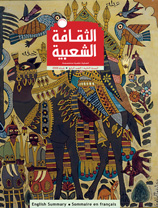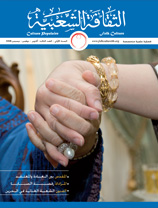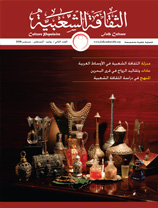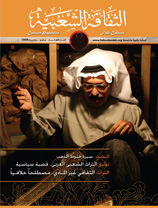The Discourse of Sufi Karamah Semiotic Approach
Issue 49
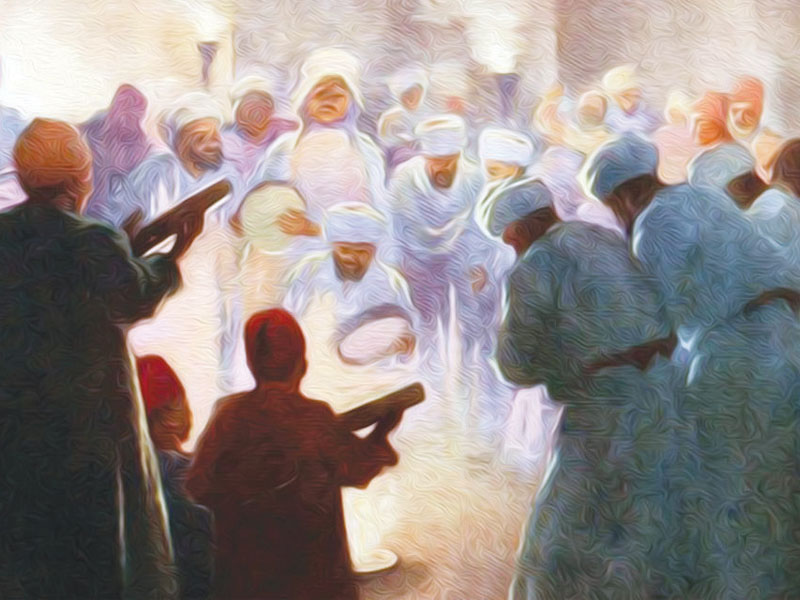
Dr. Abdul Majid Nusi
From the paper on the discourse of Sufi Karamah (supernatural wonders performed by Muslim saints), we conclude the following elements:
At the level of structure:
- Karamah embraces linguistic and anecdotal elements that are elaborated. The anecdotal element relies on the linguistic element to become well recognized.
- Karamah is distinguished by a mythical component that contradicts the texts of historical writing; for example, it includes influential living and dead characters who perform crucial functions.
- The narrative texts control the general structure of Karamah, and affect the relation that are built within the text, and the text grows according to the dynamism that exists between these factors.
- Karamah has some of the characteristics of the folk tale which are magic in nature. The concept of Barakah (a blessing power, a kind of continuity of spiritual presence and revelation that begins with God and flows through that and those closest to God) functions as the magic wand to overcome the antagonist, as explained by Vladimir Propp in his analysis of the folk tale.
- Karamah is characterized by a dual narrative structure; it includes the dominant protagonist and the antagonist. The narrator does not tell one tale, he rather tells two: the protagonist’s tale and the antagonist’s tale; which is among the basic characteristics in the tale discourse.
At the level of Semantics:
- The protagonist is a guardian or protector who performs functions within society to protect the human against power, nature, animals and disease.
- This function makes the protagonist one of the most influential elements in society, and he becomes a refuge, for all those seek his help.
- The guardian’s set of functions is based on his supernatural ability (blessing) and entitles him to a type of contract between him and the community, so he assures the balance in society.
- In particular, the research aimed at defining the components of Karamah and its relationship to language and some texts such as the folktale and highlighting its legendary component.





